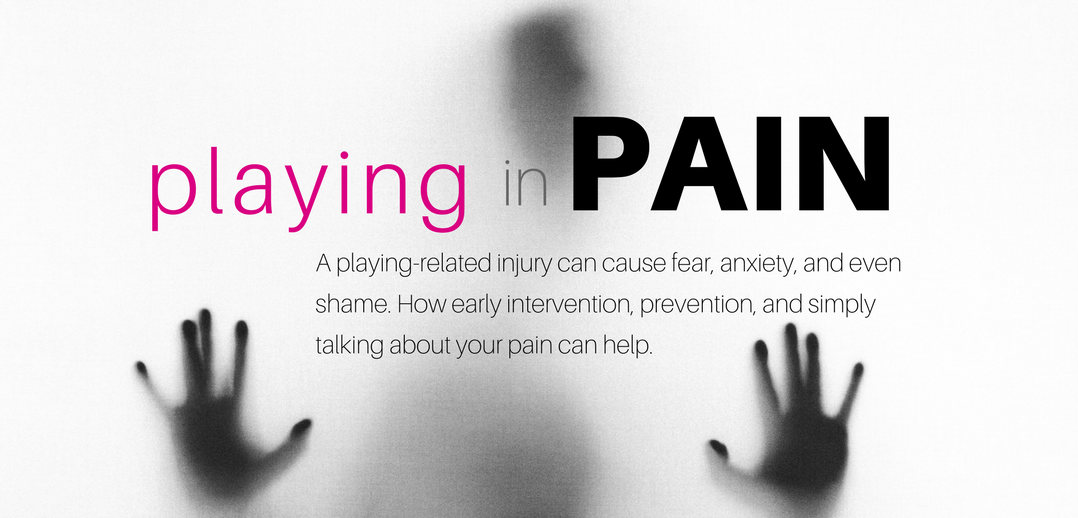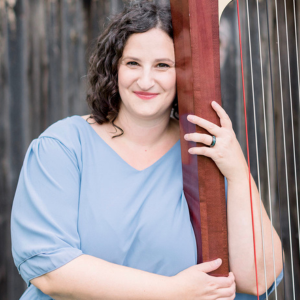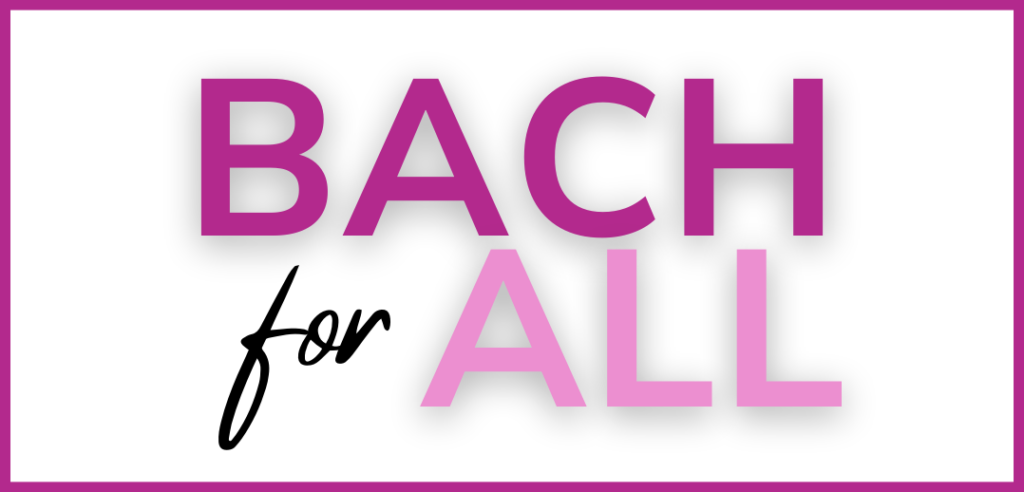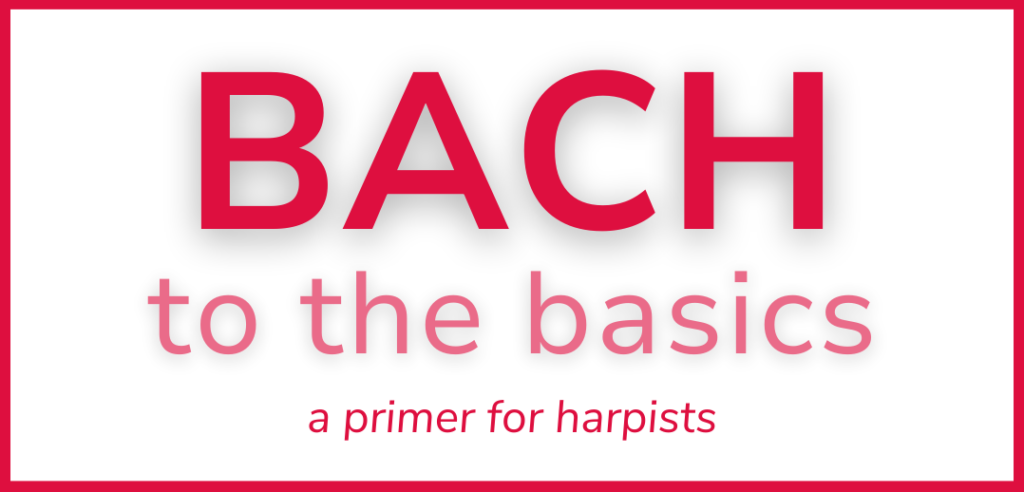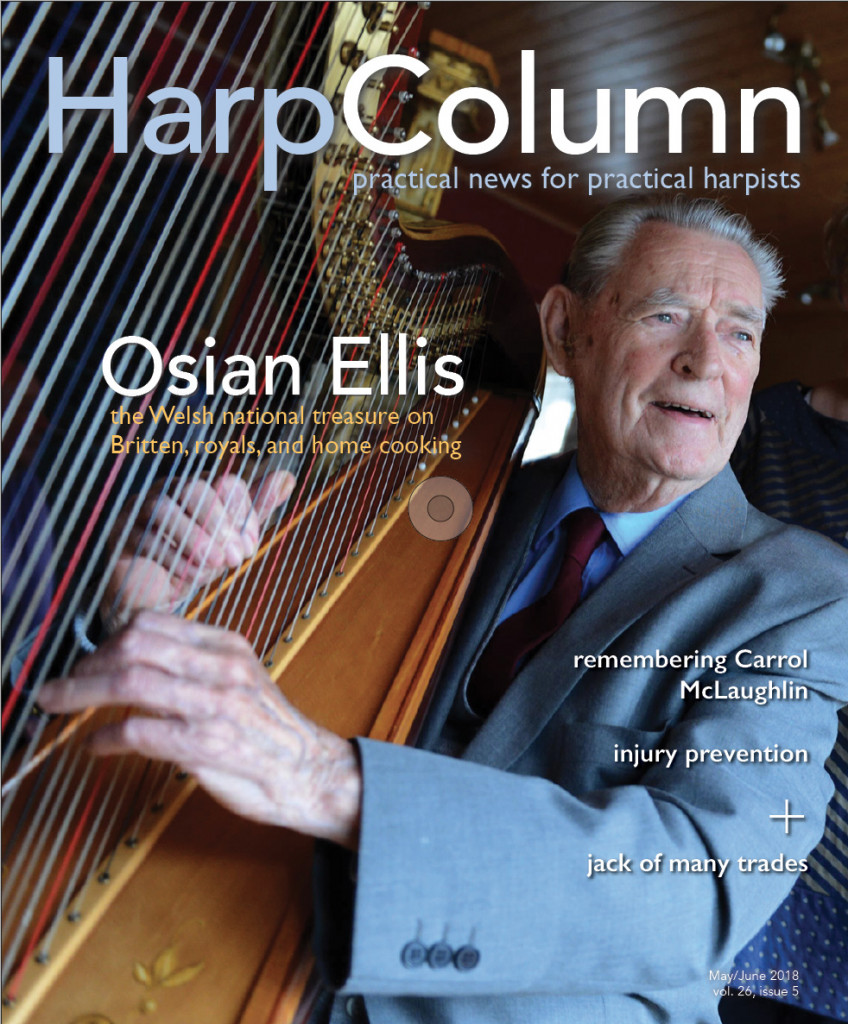Article Extra
Are you setting yourself up to play in pain? See how to avoid some common harpist posture pitfalls in this article extra. read now
A twinge in your finger, tightness in your forearm, a pain in your shoulder; when practicing intensely or playing at a high level these are all normal experiences for a musician. Unfortunately, our reaction to a playing-related injury is often anything but normal. Many times musicians react to pain as being scary and something we should hide from others and suffer through in silence. But by hiding these experiences, musicians are creating a negative stigma around injury rather than seeking help for an issue that can be easily treated.
Last fall I started doing a harp lesson/physiotherapy exchange with an advanced adult harp student of mine, Kai Rasmussen. Kai is a professional physiotherapist who owns her own clinic in St. Catharine’s, Ontario. Kai used to be a competitive athlete, playing for the Canadian Olympic volleyball team. Along with her many educational credentials, Kai has had extensive experience working with international sports teams as their physiotherapist. Outside of the office, Kai is a serious harp student who practices hours each day for her personal enjoyment.
My goal when I started working with Kai this past September was just to be stronger and to use my body better. Around the New Year I asked her to look at my left forearm. I had some big performances coming up, and my arm was feeling really tight. It was becoming tricky to play very technical fast passages. I just couldn’t understand why it felt so tight. I felt relaxed at the harp, my fingers felt good, and I was closing well. But I felt like my arm was locking up, and I couldn’t make it move the way I wanted it to or the way I knew it could. This forearm has been tight and bothersome for years. I thought if I just kept massaging it and stretching it all would be fine. I have had massage therapists work on it for years, and no one has indicated otherwise.
I just couldn’t understand why [my arm] was feeling so tight. I felt relaxed at the harp, my fingers felt good, and I was closing well. But I felt like my arm was locking up, and I couldn’t make it move the way I wanted…
I asked Kai to watch me while I was playing at the harp. Kai watched my left hand and arm and discovered there was a slight downward movement in my wrist that was contributing to the tension in my forearm. That, coupled with the fact that I was supporting my arm only from the elbow down (and not using my upper arm muscles), was causing the muscle tension in my forearm. Once Kai started working on my arm she was able to tell me that I was beginning to develop tendinitis and that I needed to take action now.
I feel extremely lucky to have Kai in my life. Catching signs of tendinitis early, Kai developed a recovery plan for me that includes a set of exercises I can do at the harp to reinforce proper arm movement. Away from the harp, I have a series of exercises to build muscle in my upper arm and to strengthen my back to help support my playing. In my case, knowing the root cause of my injury has helped me make some positive changes in my practice and performance—simple tweaks like slightly raising my elbow helps me to engage my upper arm muscles and provide better support for my forearm. I am on my way to recovery, and I know that regular maintenance will be key to prevent the injury from coming back.
What really struck me was how this very small movement correction put me on the road to feeling better and successful performances. I was excited to share my experience with other harpists, but I noticed that people would get a bit uncomfortable when I talked about my forearm strain. It became clear to me that injury is an uncomfortable topic among harpists. But it is such an important one, because early identification, intervention, and prevention are keys to pain-free playing.
I decided to talk to a few fellow harpists who have gone through injuries to see if we could dispel the discomfort of the topic and bring injury prevention and early intervention to light.
Meet the Harpists

Isabelle Perrin, international soloist, harp professor at the Norwegian Academy of Music in Oslo, and Artistic Director of the World Harp Congress. Osteoarthritis in her left thumb.
Isabelle developed osteoarthritis in her left thumb from playing, but the injury began after a fall on her hand several years earlier. “After that fall on my hand, I started to have pain related to the change of weather, lasting usually a couple of days. But after a few years, maybe seven or eight, I had to record a Bach CD and worked a lot on my left hand. Then the pain came and stayed. It was only after stopping a few days that it would go away.”
Isabelle met with many different specialists who gave her lots of different advice. Years later after a recital the pain didn’t go away, and the problems in her thumb began to affect her everyday life. At that point her only option became surgery. “I found a great professor in Paris who had operated on musicians’ hands and gave him my trust.” The operation was successful, but it took Isabelle a long time before she felt she could play as before. Isabelle said she needed a lot of patience to endure the long recovery from the surgery, but she was able to use that time in a productive way. “It also helped me go much deeper in my music and not focusing so much on the fingers but on the sense of the music itself.”

Marguerite Lynn Williams, principal harpist of the Lyric Opera of Chicago, head of the harp department at Roosevelt University, and is a founding member of the Chicago Harp Quartet. Carpal tunnel syndrome in both wrists.
Knowing that her family had a history of carpal tunnel syndrome, Lynn had been watching for it for years. It developed due to overuse and inflammation from playing the harp. “I first started having symptoms in 2006 when I noticed my fingers tingling when I slept. This happened especially when I was spending major time at the harp preparing for auditions with major hours spent at the harp.”
The carpal tunnel syndrome didn’t start affecting Lynn’s playing for another 10 years. At that point, though, she described the pain as needles shooting up her fingertips, and she also experienced numbness and tingling away from the harp.
Lynn, like Isabelle, underwent surgery to treat her injury. A decade after she first felt symptoms, Lynn had carpal tunnel release surgeries on both wrists. It took her about three months to fully recover. Her surgeries were extremely successful. “After the treatment I feel even better than before the injury.”

Allegra Lilly, principal harpist with the St. Louis Symphony, principal harp faculty of the Brevard Music Center, and graduate of the Juilliard School. Lateral epicondylitis (tennis elbow) in both arms.
Allegra first noticed symptoms of her injury after painting her apartment during grad school. But since the symptoms went away after a few days of rest, she really didn’t think anything of it. Months later Allegra became strained and tense preparing for her master’s degree recital while dealing with stress in her personal life. “I hadn’t noticed how tense my body had become—all the time, not just at the harp—until I realized my forearms felt unreasonably tired after a normal amount of practice. Unfortunately, I told myself that I did not have the luxury of a few days off with my recital date looming and continued to practice when I really should have stopped. Of course, the problem only worsened from there.”
Allegra’s road to recovery was plagued by a set of challenges not uncommon to many young harpists. Allegra first saw her school physical therapist and was prescribed ibuprofen and rest. After completing her degree weeks later she was no longer eligible for health insurance through the school or her parents’ policy. During this time Allegra’s injury worsened. “Anything involving repetitive motion, even brushing my teeth, would trigger this tension response. When it came to my playing, I experienced a huge loss of dexterity. Any fast, technical passages were a struggle, and I would get tired after only a few minutes of playing.” After about a year she was able to use a program through the University of Michigan designed to help the uninsured. There she was finally able to receive an accurate diagnosis and the physical therapy treatment she needed.
Recovery from an injury, either through surgery or treatment such as physiotherapy, takes both time and patience. Early identification and intervention can greatly reduce the recovery time. Allegra was back to normal after a few months of treatment, but says it probably would’ve taken much less time if she had received the proper treatment sooner.
Injury Prevention
No harpist wants to experience an injury, but the reality is that due to the physical nature of what we do, an injury can happen to anyone. That is why prevention is just as important as treatment. Kai suggested some injury prevention tips for harpists.
• Understand your body. No two people are the same, so no two bodies are the same. What might be an injury symptom to one person presents differently to another. Know when something doesn’t feel right and seek help.
• Practice regular supervised exercise. Exercise should be minimum time and maximum frequency (often); it should follow a gradual progress and should be pain free.
• Have a good attitude, good posture, positive environment, and control potential stressors. This will help with injury prevention.
Emphasize good breathing, circulation, nutrition, and exercise. This contributes to good health.
• Focus on early intervention and manage your pain and dysfunctions with registered therapists.
Early Intervention
Along with the importance of injury prevention is early intervention when you feel the first symptoms. I talked with Kai to find out what some of the common harp injuries are and how you can spot the symptoms early and prevent them from becoming a long-term problem. Keep in mind, the symptoms listed are just some of the feelings you might experience. Remember, no two bodies are the same, so each injury will present uniquely to an individual. These symptoms are meant as a guideline to help you identify what you should look for.
Injury: Tendinitis
What it is: A muscle is attached to a bone by a rope, and that rope is called a tendon. The tendon has a sleeve on it that is much like a nylon stocking. Repetitive actions, sudden and loaded actions, or emotional tensions can cause the tendon to become irritated and swollen leading to pain. If untreated this minor injury can become carpal tunnel syndrome, trigger finger, arthritis, etc. This injury is likely to present itself in your arms.
Symptoms: You may notice a decrease in mobility, strength, speed, and endurance. In the early stages, you would notice this mostly at the harp, but as the condition progresses, these symptoms would be present all the time.
Injury: Nerve tension
What it is: Nerve tension it is like a telephone wire in the wind—the nerve is taut. This tension is caused by the architecture of the bones; their shape and position can trap the nerve. Trapping the nerve alters signals that can be displayed as pins and needles or numbness, for example.
Symptoms: You could have night pain, difficulties turning your neck, headaches, and pins and needles in your arms at night. These symptoms would be present all day and not just at the harp.
Injury: Low back disc protrusion
What it is: A disc injury is like a sprained ankle—bending and twisting creates the strain to the shock absorber between spinal vertebrae. Like a sprained ankle, treatment can reduce the length of time of recovery. This injury can affect your ability to move the harp and sit for long periods.
Symptoms: You might experience pain when sitting, standing, bending, and lifting.
Injury: Rotator cuff strain
What it is: Rotator cuff strain is a muscle injury of the shoulder. It occurs with repetitive arm activity in elevation, reaching, or lifting, and can be made worse with poor posture.
Symptoms: Acute pain when lifting the arm above 80 degrees of motion. This injury is painful when lying on the affected arm at night and holding the arm up at the harp. Rotator cuff strain also runs the risk of developing into a frozen shoulder.
Removing the Stigma
After my diagnosis I started to talk with my harpist friends about my experience and was met with mixed reactions. These conversations left me doubting my playing ability and made me question if I was a capable teacher. After all, if I didn’t catch this in my own playing, how am I supposed to help my students? Playing the harp is an athletic endeavor, and musicians are athletes. So why is it acceptable for professional athletes to experience injury without judgment but not musicians? Why do so many musicians feel they need to fear their injury and hide it from the world?
Lynn says she was hesitant to talk about her injury at first, but by talking with fellow harpists and musicians in her orchestra, she discovered she was not alone. “Deciding to have the surgeries was a scary time, and I had no clue how it would impact my career,” she recalls. “Having the support of others was important, and hearing about their experiences was incredibly valuable.”
Isabelle says she never made her injury a taboo subject. “I feel that to share what can be a problem and the way we can try to get over it helps me feel stronger and can also help others with the same or different issues.” Not wanting word to get around school, Allegra hid her injury. “Unfortunately, at the time I was injured, I believed the worst—that injury was very uncommon, that it meant you had bad technique, and that no one would want to hire me if they knew I was ‘weak.’” Now, after a full recovery, Allegra understands the importance of having this discussion. “I don’t want to see any young musician suffer through an injury in silence because they worry they’ll be judged.”
By removing the stigma of talking about injury at the harp we are only helping each other. My experience has taught me that talking about pain and injury is critically important. If I had ignored my arm tension who knows what would have happened. But by addressing it early I have learned how to improve my playing and strengthen my body, and as a result I am more knowledgeable for my students.
The sports world is full of treatment options and support for injuries. Professional athletes surround themselves with specialists to help them prevent and recover from injuries resulting from their physical endeavors. Medical sports clinics are everywhere, designed to help those with injury from a physical activity. Just imagine our universities and orchestras keeping registered specialists on staff like sports teams do. I’m hopeful that with more openness and less stigma surrounding music injuries, we can build a similarly supportive and helpful environment for musicians. •






